The Wright Balance to shaking the yips.
Golfers have been looking for the solution to the yips for years, and honestly there is no one answer. But a biomechanics expert in Orange County thinks he has figured out why the bizarre phenomenon occurs.
According to Dr. David Wright, a 30-year golf pro from Mission Viejo, California, who holds two doctorates in psychology and psychophysiology, the yips start as physical problem and then become a mental issue.
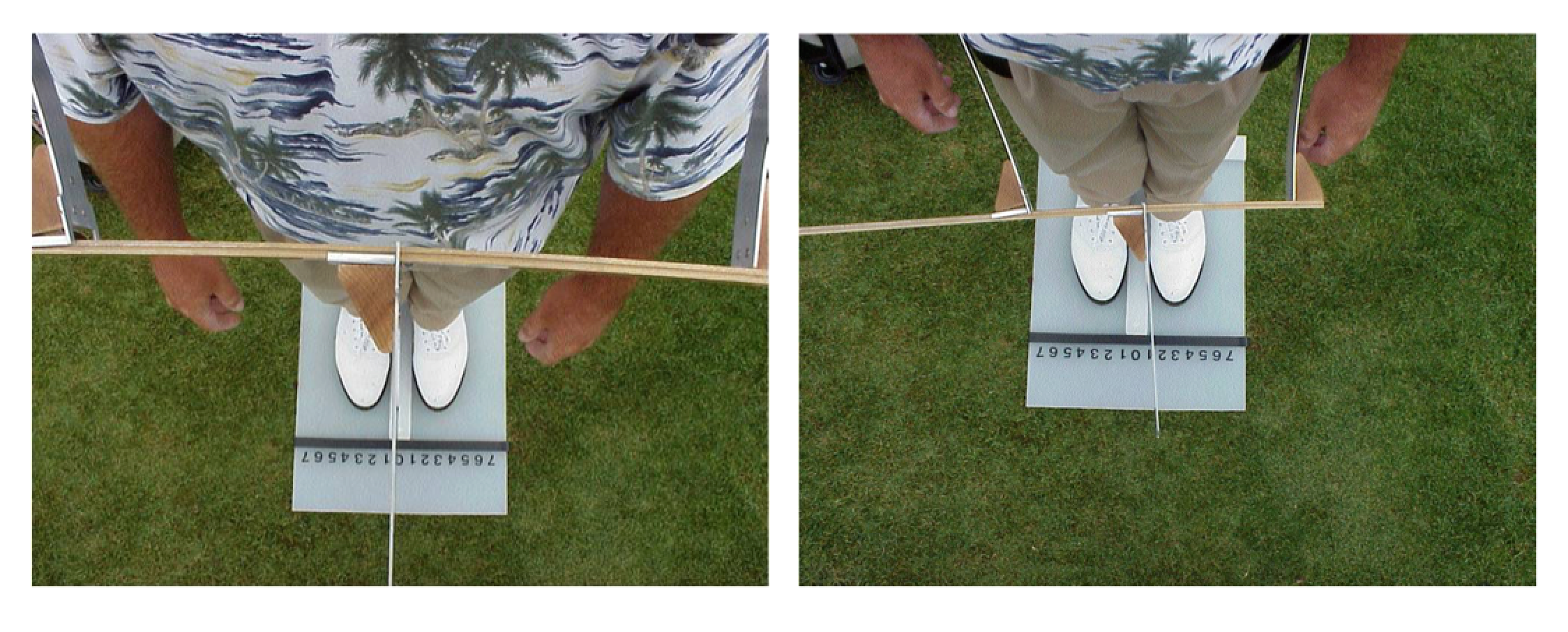 A balanced core (left) and an imbalanced core (right) in the same stance.
A balanced core (left) and an imbalanced core (right) in the same stance.
Wright believes that the physical part of the yips stem from an imbalance in the body. He says this imbalance is caused by an asymmetry of the core.
“The core is tighter on one side than the other, it creates a bit of a block, and it becomes a mental issue,” Wright explained.
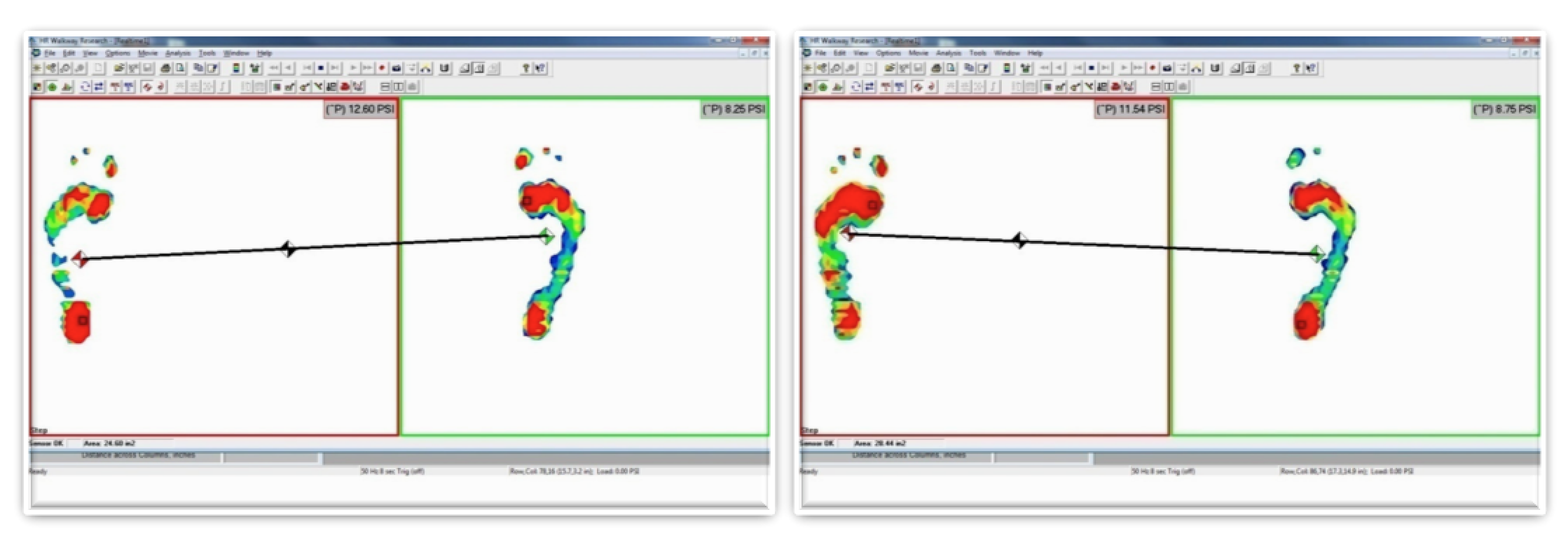 Shoe sensors show that most golfers are off balance when setting up to swing.
Shoe sensors show that most golfers are off balance when setting up to swing.
According to Wright when a humans stands straight up, 99-percent of the time they are off balance.
Depending on one’s height and weight, Wright estimates that people only have about three “sweet-spot” stances, where they are completely balanced, hips are completely squared, and all nine regions of the core are aligned.
Let’s say a golfer lines up for a putt and does not find his “sweet spot.” His balance will be favoring one side over the other and as a result, it will cause tension in his swing.
That tension could cause the speed and angle of the golfer’s stroke to change, while also being faint enough for the golfer not to notice it.
The result is that the golfer shanks the putt, hitting the ball with the hosel or the socket where the shaft joins the club face, sending the ball off in a weird direction but he or she isn’t quite sure why.
“Like many thing in medicine, you begin to develop a physical disorder and then anxiety and fear will drive it further from there,” explained Wright. “It doesn’t mean that the physical goes away, it is just amplified by the mental.”
After our golfers shanks their first putt, they start to second-guess themselves as they approach their next putt. They spend so much time analyzing their previous miss, that they don’t take the time to set their feet or align their core as they approach what now may be just a their next “tap-in” putt.
They shank it again.
It all starts to become a vicious cycle as they can’t shake their visions of shanks.
 Brain activity while performing an action versus visualizing an action. Activity is 80-percent the same.
Brain activity while performing an action versus visualizing an action. Activity is 80-percent the same.
According to Wright, “when you visualize, you recruit up to 80-percent of the neuro-structures in the brain you use when you actually perform the behavior.” This becomes a problem when visions of shanked putts start to replay in our golfer’s mind.
“The brain works in pictures, not in do’s and dont’s,” said Wright. “If a golfer freezes up and shanks a putt, that is the last picture playing in his head. Even if he is thinking about what not to do, that is the picture playing in his head as he approaches his next putt, and that is how his body is going to react.”
An example of a yips attack happened on the first hole of this year’s Master’s Tournament, when South African golfer, Ernie Els, six-putted from within four feet of the hole.
Wright’s balance theory perfectly explains what happened to Els. He never took the time to set his feet or his core on the short “gimme” putts. Tension in his first swing caused him to strike the ball at a slightly different angle, which affected it just enough to lip out of the hole.
After each embarrassing miss, all Els could focus on was not missing the next one. By focusing on not missing, his brain was re-playing his previous misses, which resulted in even more brutally missed tap-ins.
Wright’s balance theory could be applied to any sport.
Let’s apply it to the case of NBA big man, Andre Drummond, of the Detroit Pistons.
On January 20, Drummond missed 23 free throws in a win against the Houston Rockets. He set the NBA record for most missed free throw attempts in a single game, passing Wilt Chamberlain, who missed 22 shots in a game 1967.
The seven-foot-tall Drummond is by no means the most balanced or coordinated player in the league. The athletic center has made his living in the paint by throwing down powerful slam-dunks and crashing the boards for rebounds.
So when the lanky Drummond lines up 15 feet away from the basket to shoot a pair of free throws, chances are he is slightly, if not totally, off-balance.
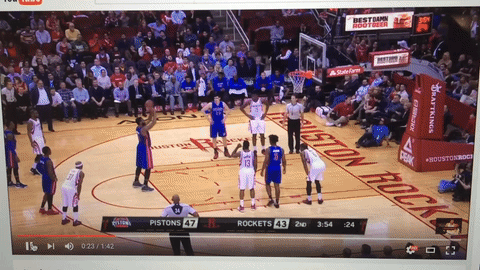
Looking at Drummond’s feet, they are staggered. His hips are not squared to the basket and he is probably also off balance.
When he shoots, the trajectory of his shot will be off line causing him to miss even when it may have felt like his release was perfect.
After a few misses, Drummond starts to get in his own head and second-guesses each shot. His focus shifts from making free throws to not missing them.
The more he obsesses over not missing the shots, the more difficult it becomes for him to even put them up.
Before long, Drummond finds himself in the midst of the vicious cycle with no way out. By the end of the game, his free throws look more likes guesses than shot attempts.
The Wright Solution
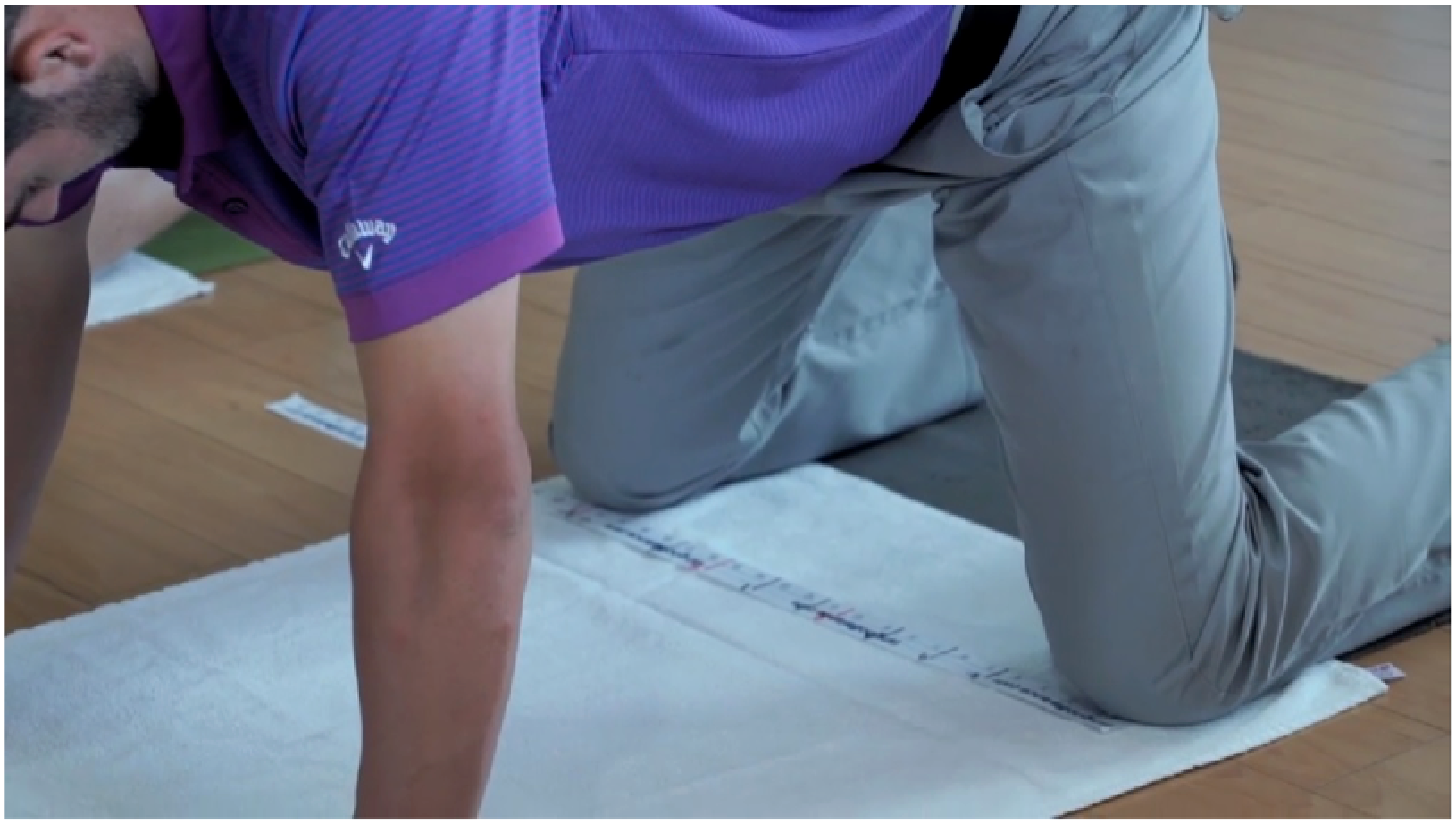 Planking at different widths can help achieve a balanced core.
Planking at different widths can help achieve a balanced core.
The best solution Dr. Wright recommends for shaking the yips is to take the time each morning to set and balance the core.
This can be achieved a number of different ways. Wright says a simple solution is to perform a series of planks (or similar variation) with your feet spread out at different widths.
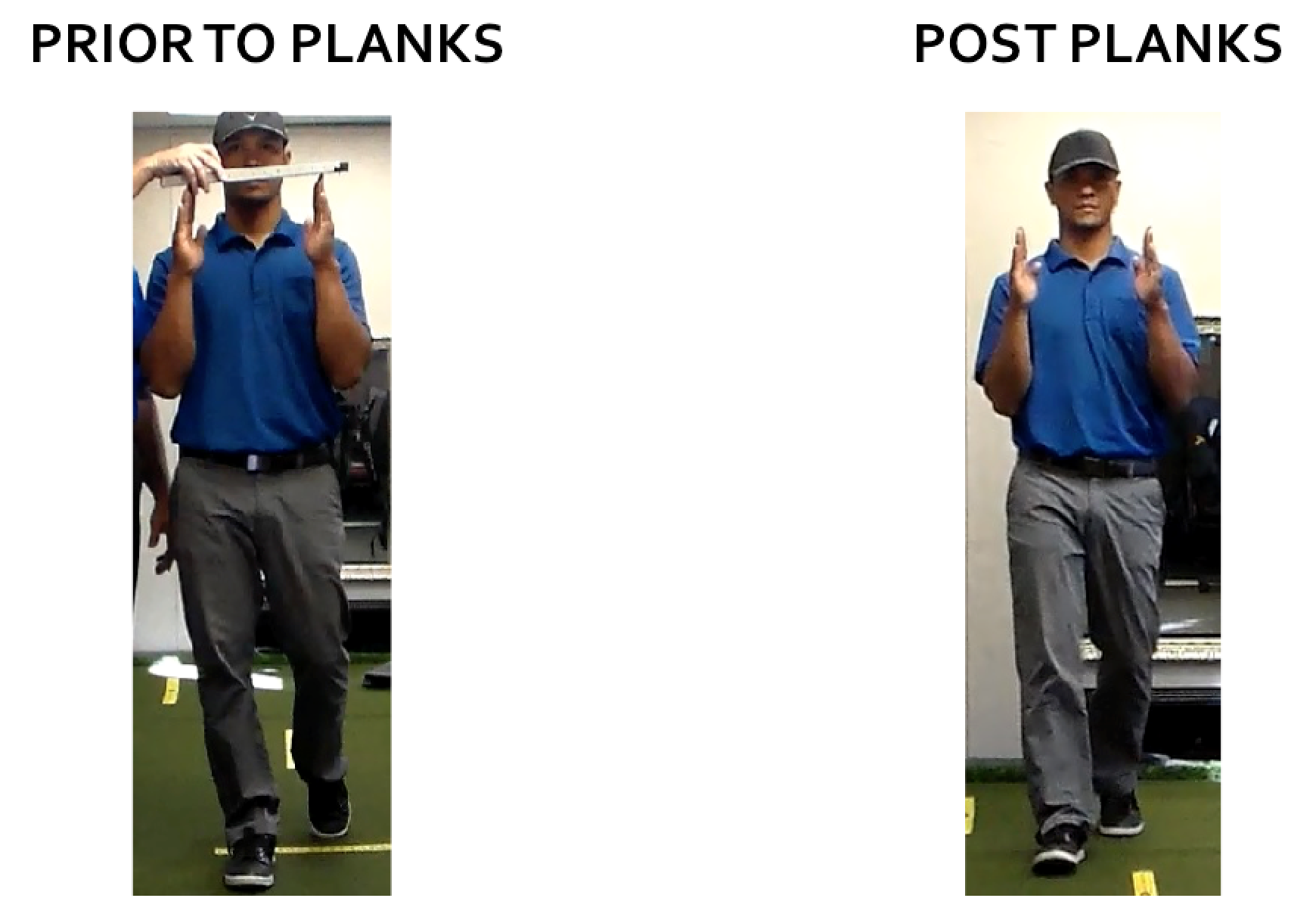
For example, hold a plank position with your feet or kneees spread three inches apart for one minute. After that, plank with them at six inches six inches apart. Then nine inches. And so on until your feet are as wide as you can comfortably maintain.
Wright says you should hit eight or nine different feet widths.
To find out your personal plank widths and your "sweet spots," check out The Wright Balance.
On the mental side, Wright recommends that an athletes focus in on one, positive thought. They can’t be thinking about avoiding an obstacle, as that tricks the brain into believing the obstacle is what is desired.
A golfer should be thinking: “I want to hit this shot long and hook it to the left,” as opposed to thinking “I want to avoid the sand trap short and to the right.”
As Andre Drummond approaches the free-throw line, he should be visualizing himself releasing the perfect free throw. He can’t let the slightest thought about missing into his mind.